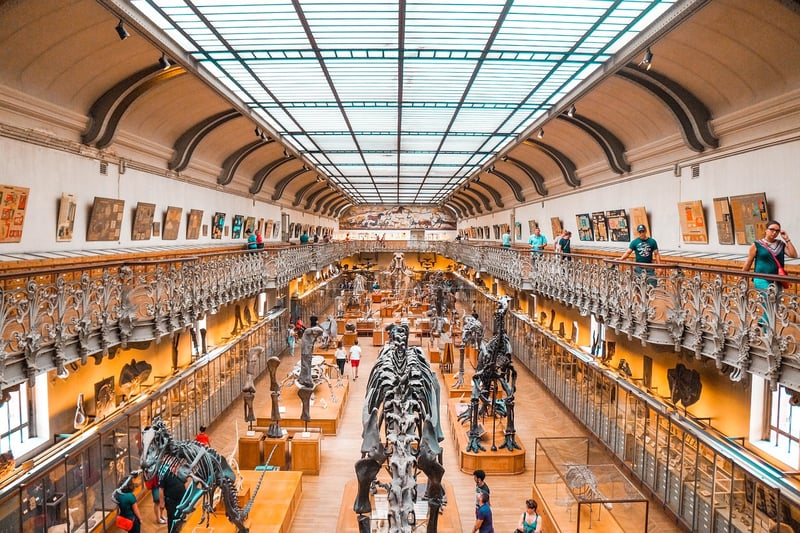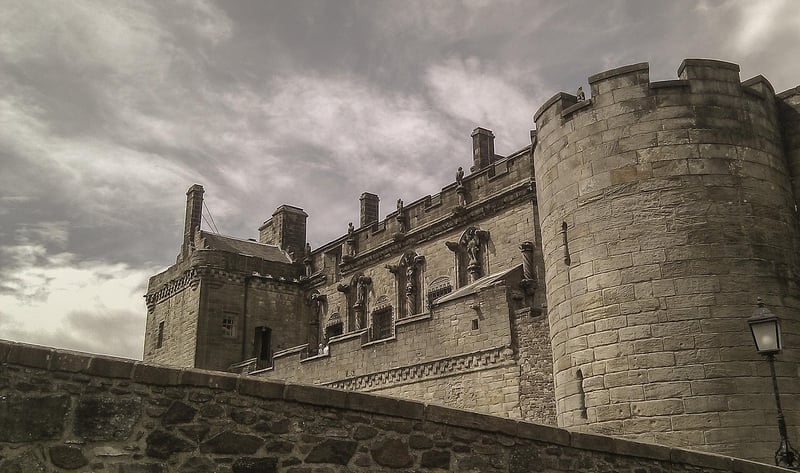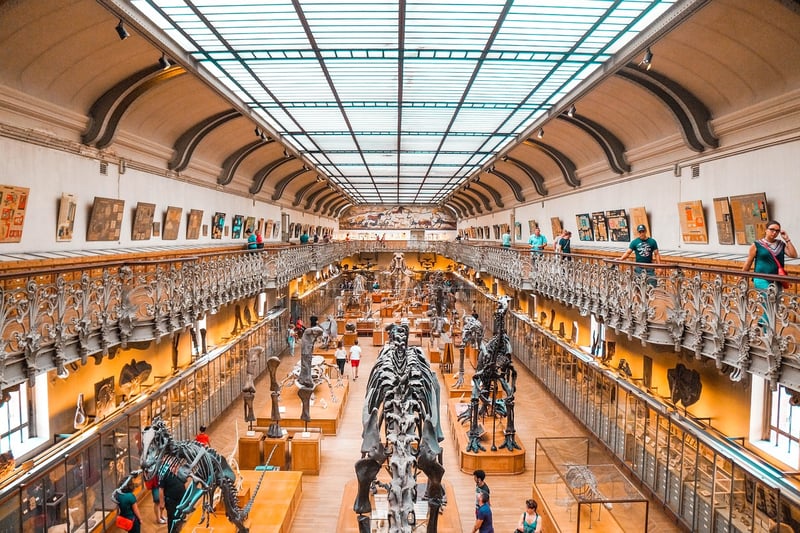Prehistoric Eras
Exploring Diverse Time Periods and Prehistoric Eras
Introduction
Embark on a fascinating journey through time as we delve into various historical periods and explore the mysteries of prehistoric eras. From the dawn of civilization to ancient cultures and beyond, each time period offers unique insights into the development of human society and the world around us.
1. Prehistoric Era
The prehistoric era refers to the vast stretch of time before written records were kept. It is divided into three main periods: the Paleolithic, Mesolithic, and Neolithic ages. During this time, early humans lived as hunter-gatherers, creating primitive tools and gradually developing more complex societies.
Paleolithic Age
The Paleolithic Age, also known as the Old Stone Age, dates back to around 2.5 million years ago and lasted until the end of the last Ice Age, approximately 10,000 years ago. Early humans during this period relied on stone tools and lived in small nomadic groups.
Mesolithic Age
The Mesolithic Age followed the Paleolithic period and is characterized by the development of more refined tools, such as microliths. People during this time began to settle in semi-permanent campsites and engage in more sophisticated hunting and gathering activities.
Neolithic Age
The Neolithic Age marked a significant shift as humans transitioned from hunting and gathering to agriculture and animal domestication. This period saw the emergence of permanent settlements, pottery, and the cultivation of crops.
2. Ancient Civilizations
As time progressed, ancient civilizations emerged around the world, each with its own unique culture, technology, and societal structures.
Egyptian Civilization
Ancient Egypt is renowned for its monumental architecture, such as the pyramids and temples, as well as its advanced knowledge of mathematics, astronomy, and medicine.
Greek Civilization
Ancient Greece laid the foundation for Western civilization with its contributions to philosophy, democracy, art, and science. Greek city-states like Athens and Sparta played a significant role in shaping the cultural landscape of the Mediterranean.
Roman Civilization
The Roman Empire was one of the most powerful and influential civilizations in history, known for its vast infrastructure, legal system, and military prowess. Rome's legacy can be seen in architecture, engineering, and governance systems around the world.
3. Medieval Period
The medieval period, also known as the Middle Ages, spanned from the 5th to the 15th century and was characterized by feudalism, chivalry, and the rise of Christianity in Europe.
Feudalism
Feudalism was a social system where land was exchanged for military service and loyalty. Kings, lords, knights, and peasants formed a hierarchical structure that governed medieval society.
Chivalry
Chivalry was a code of conduct followed by knights, emphasizing virtues such as honor, bravery, and loyalty. Knights played a crucial role in medieval warfare and were seen as protectors of the realm.
Conclusion
By exploring diverse time periods and prehistoric eras, we gain a deeper understanding of the foundations of human civilization and the rich tapestry of history that has shaped our world. From the humble beginnings of early humans to the grandeur of ancient civilizations and the complexities of medieval society, each era offers a unique perspective on the evolution of humanity.



